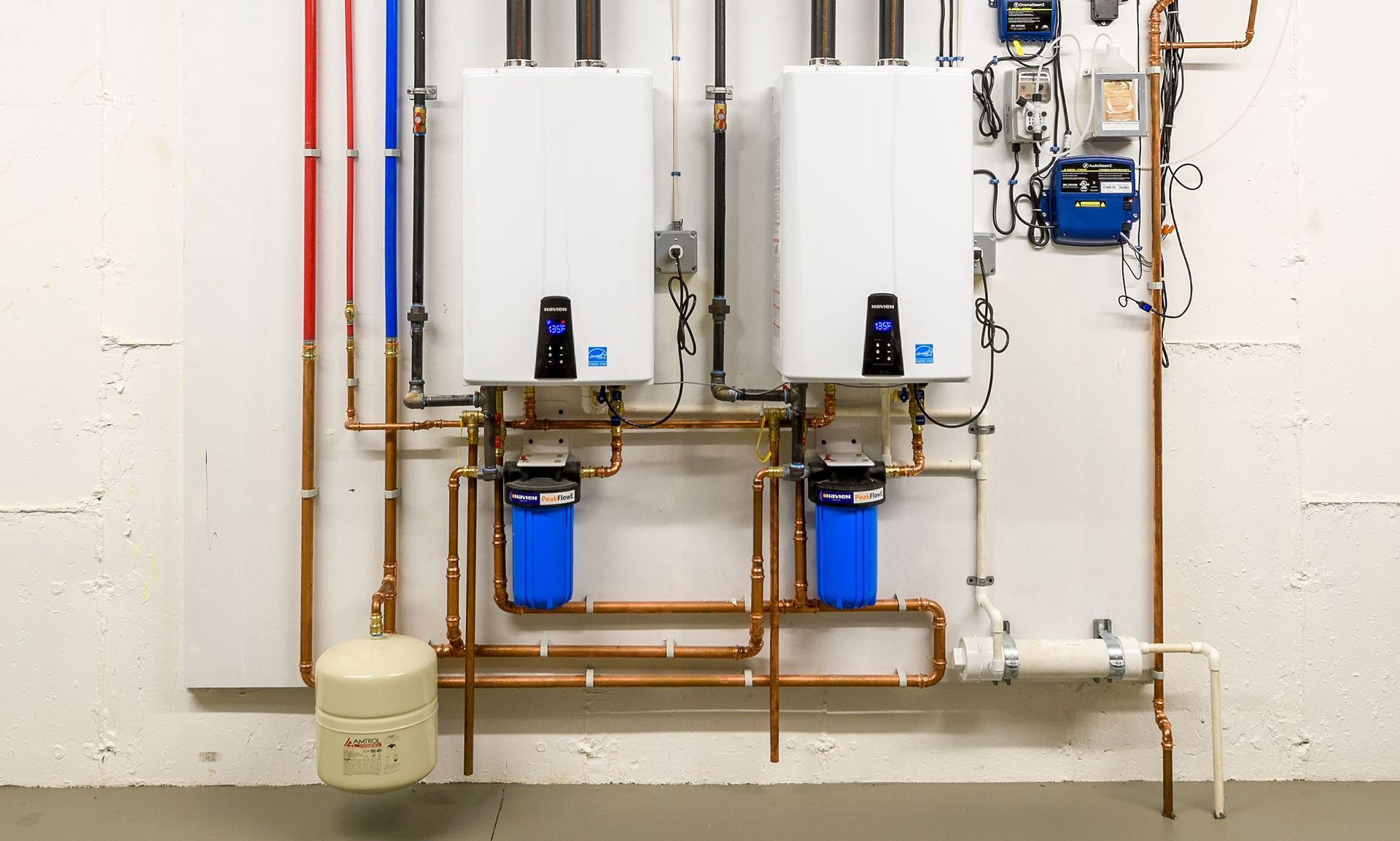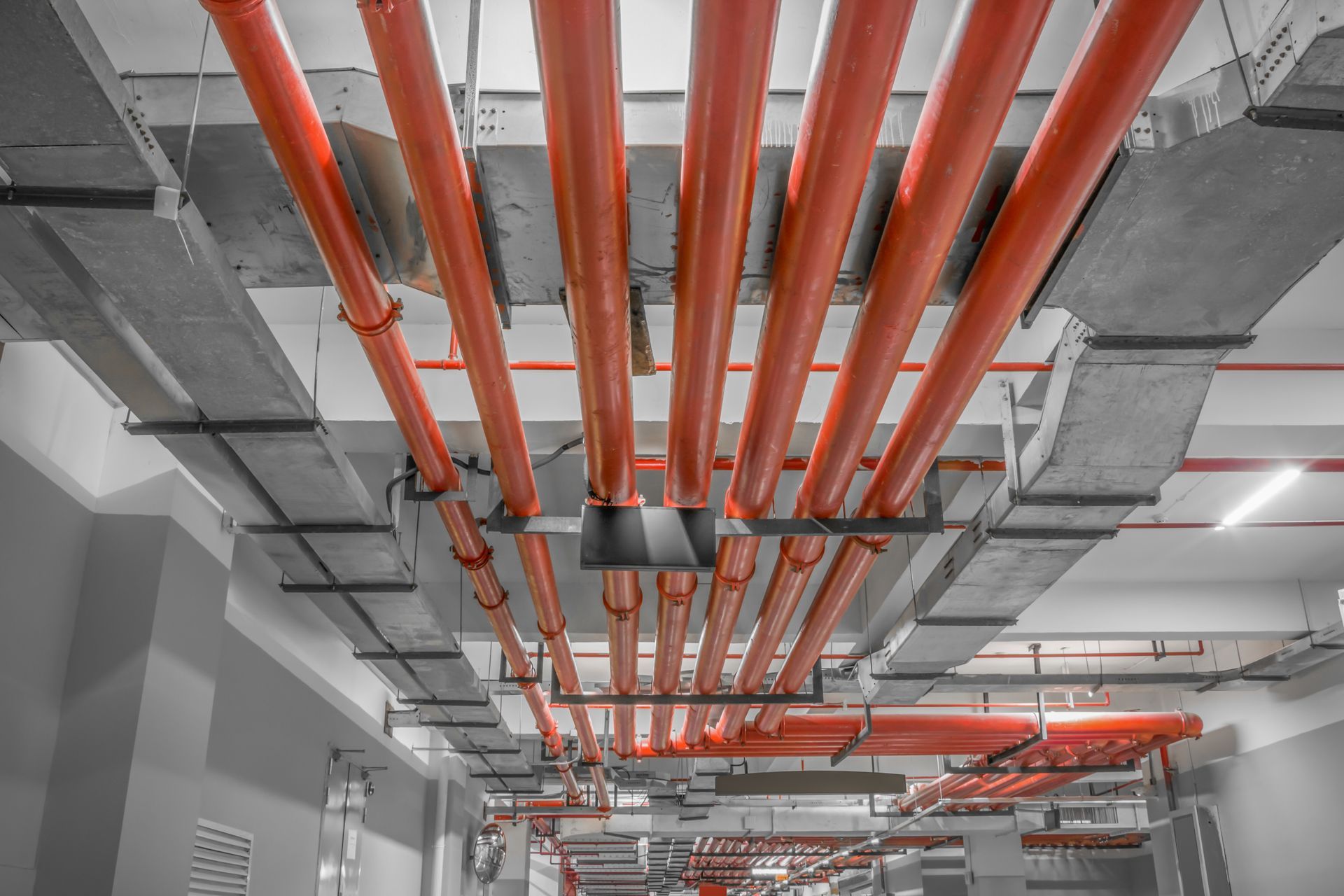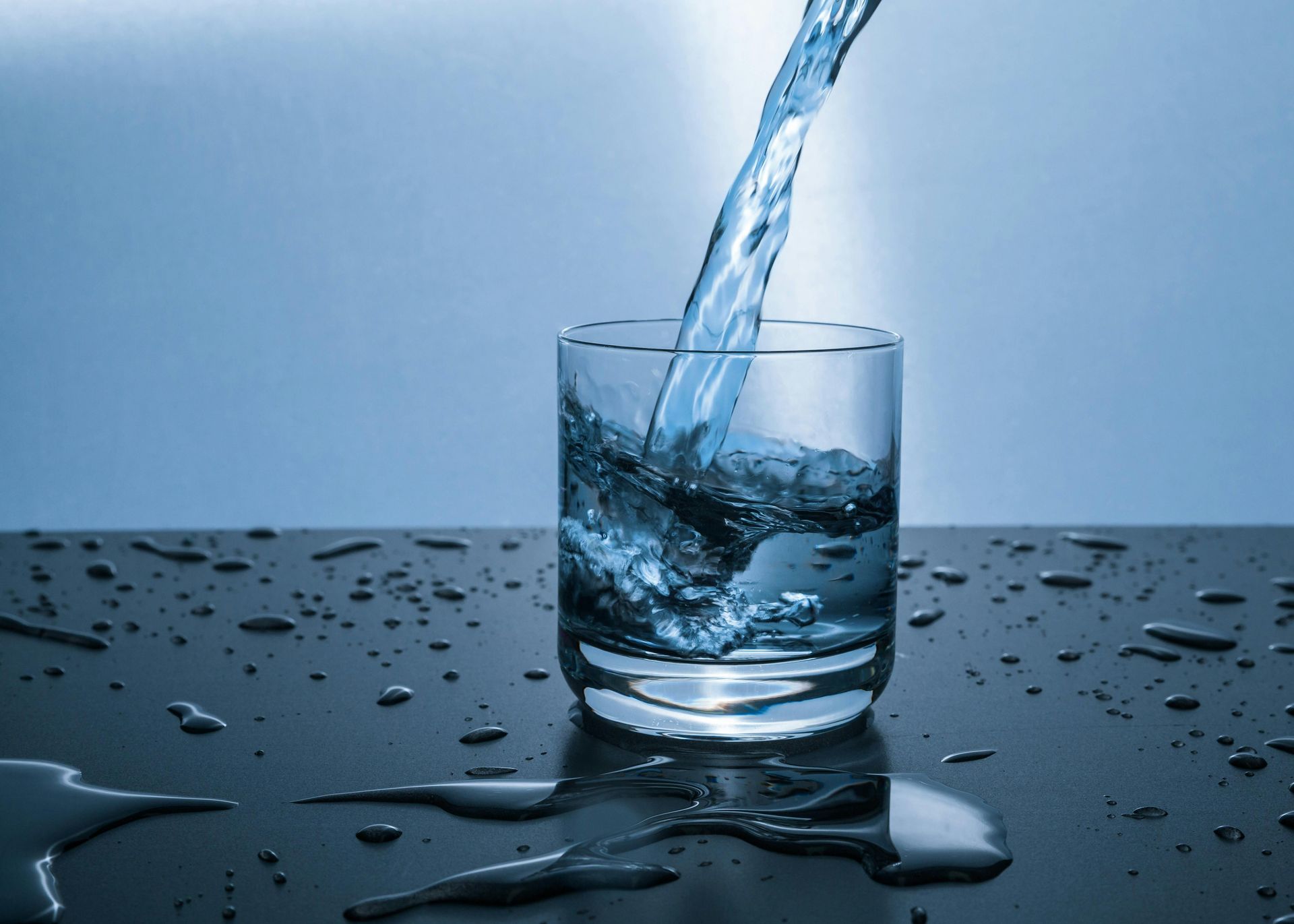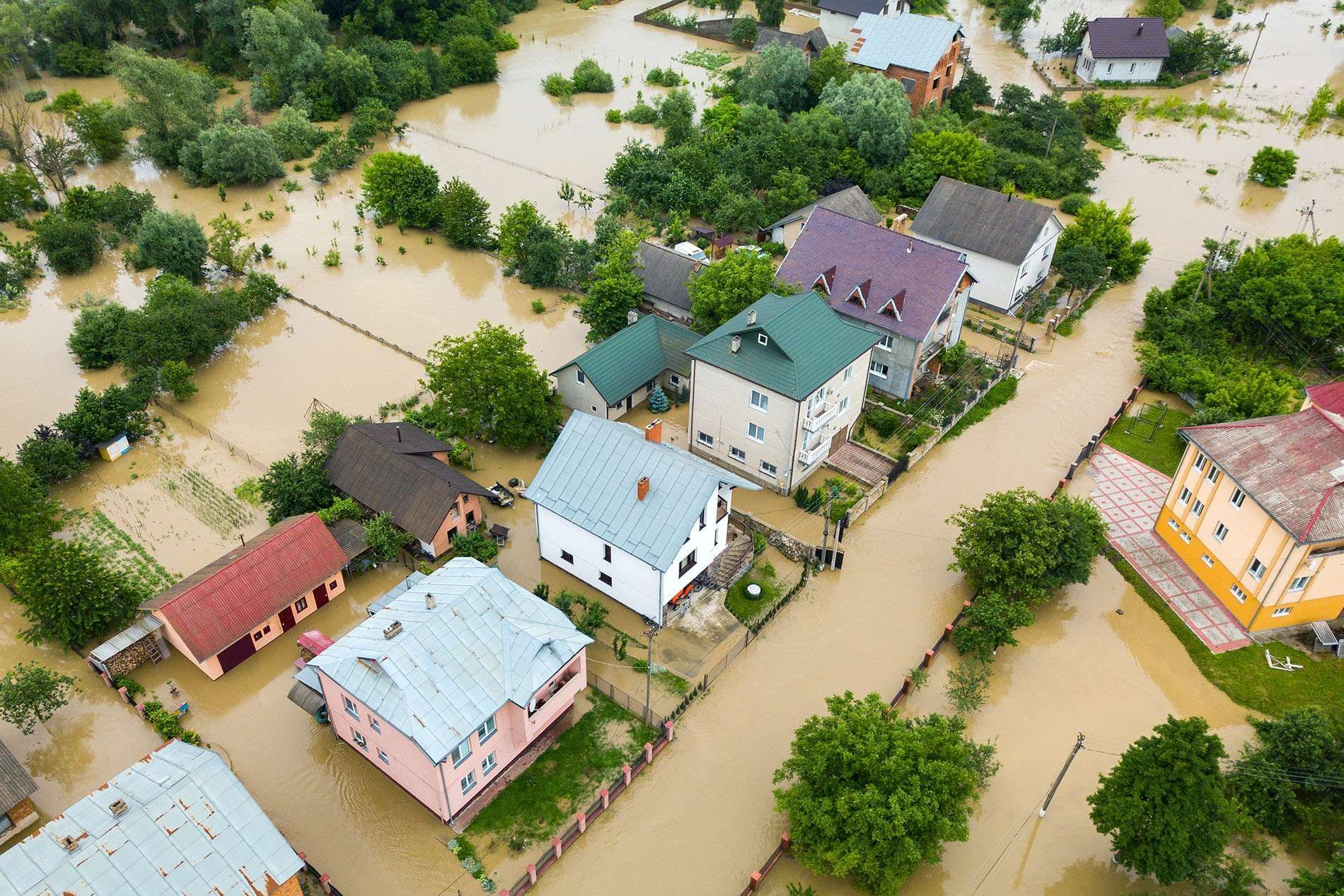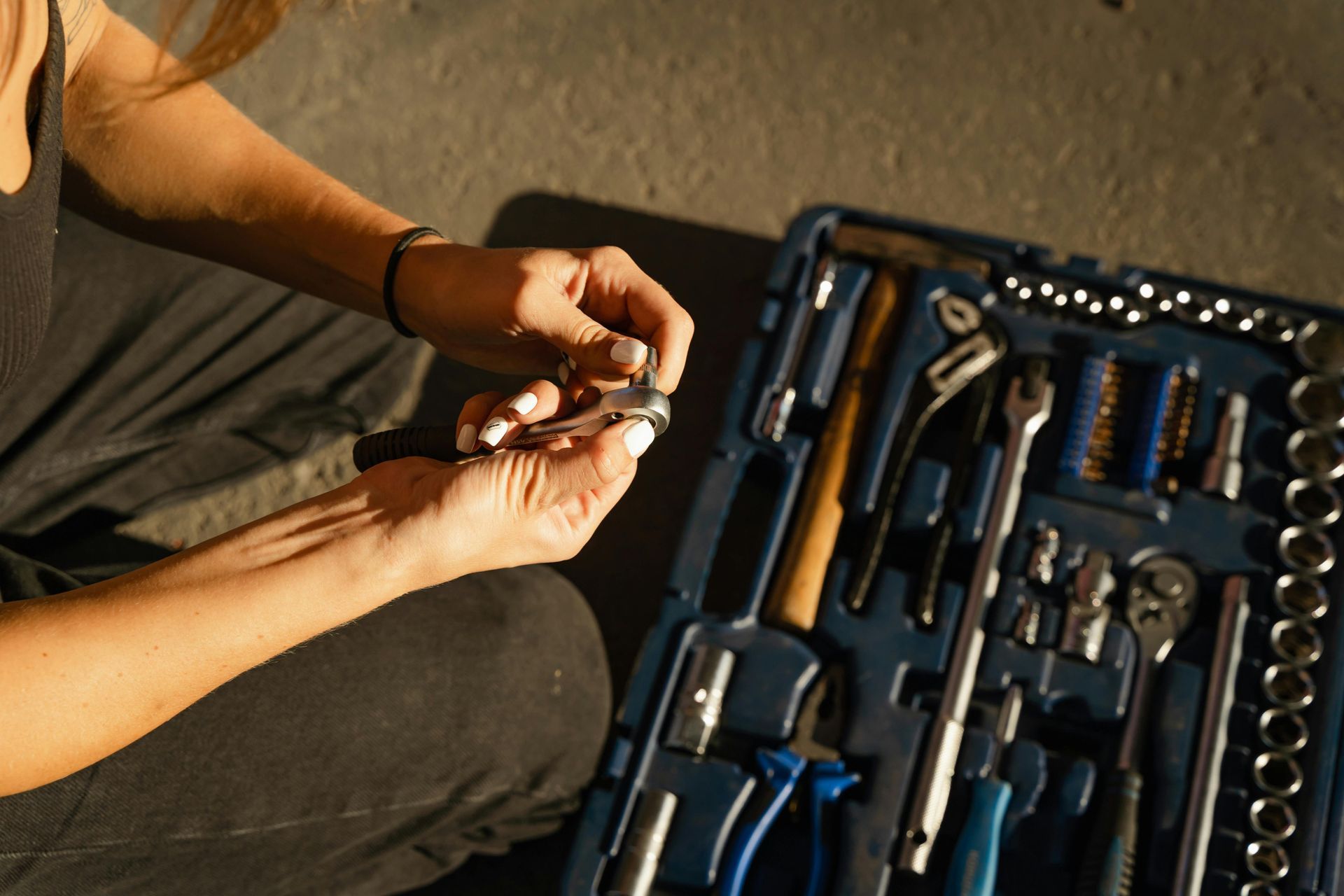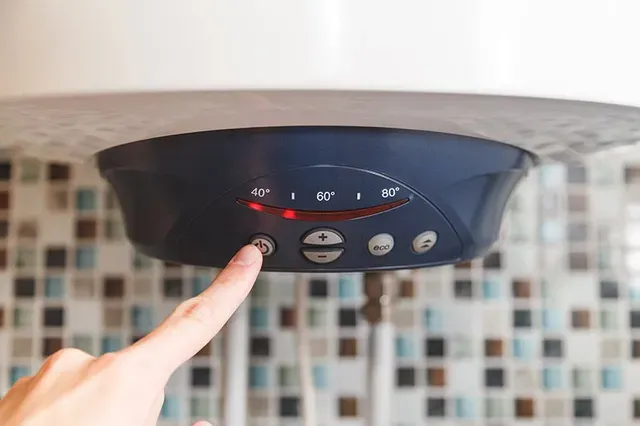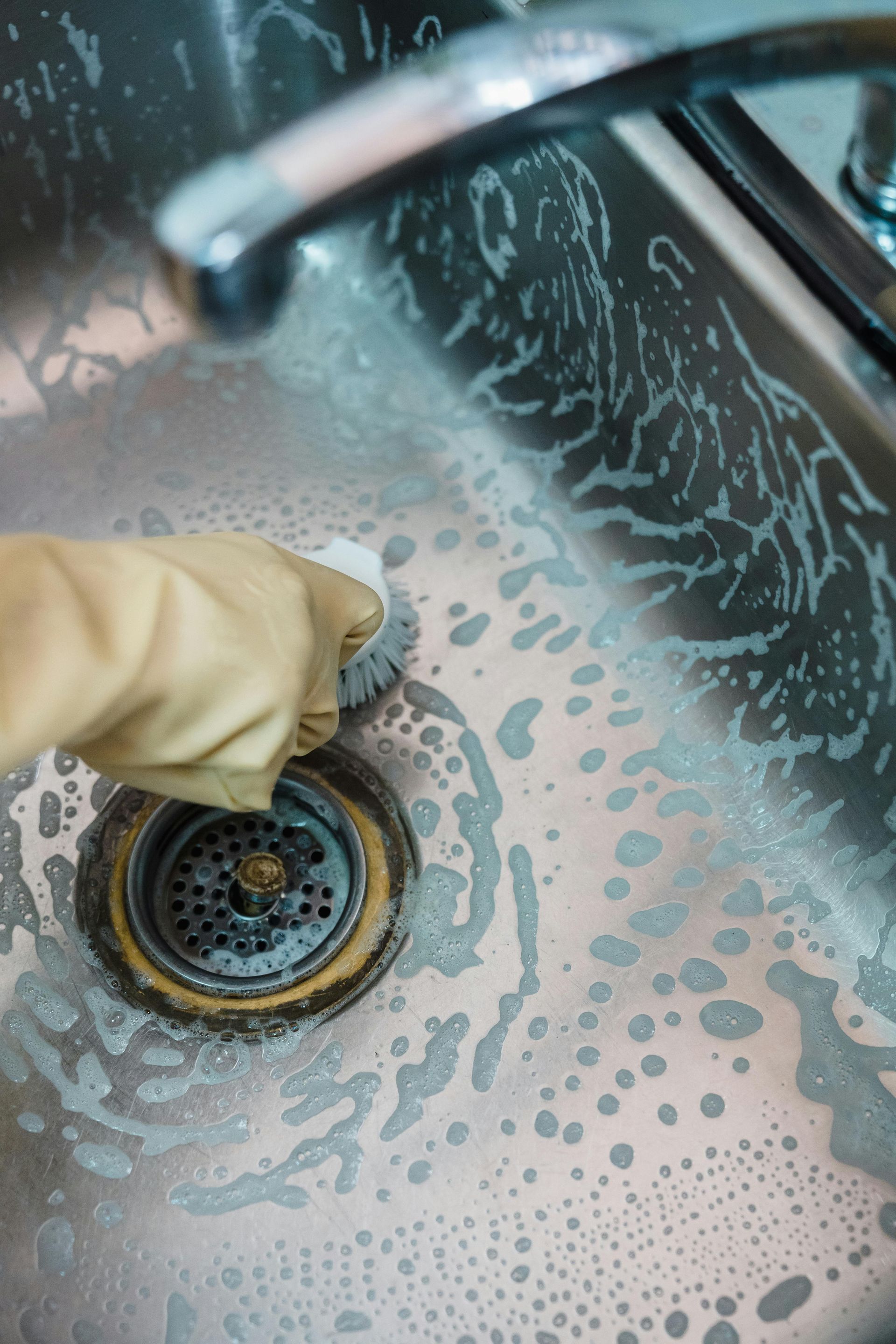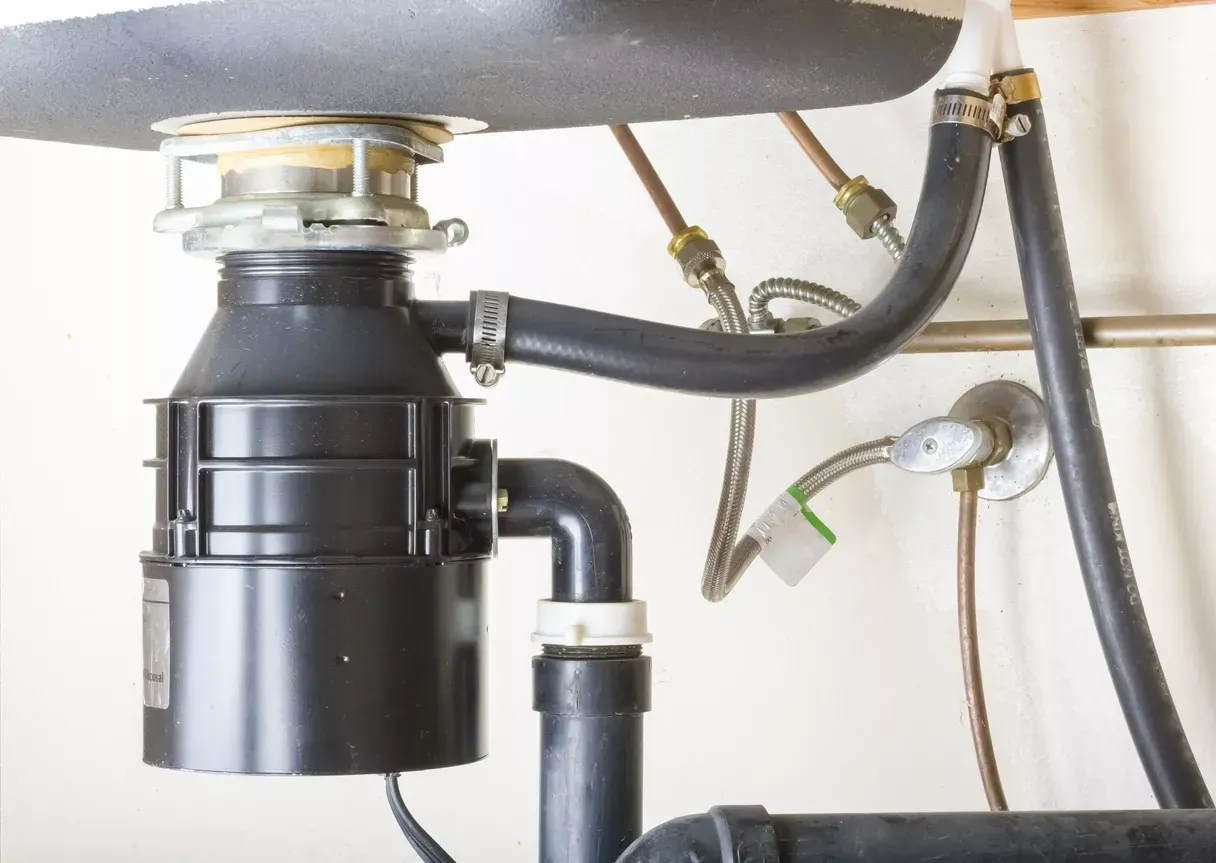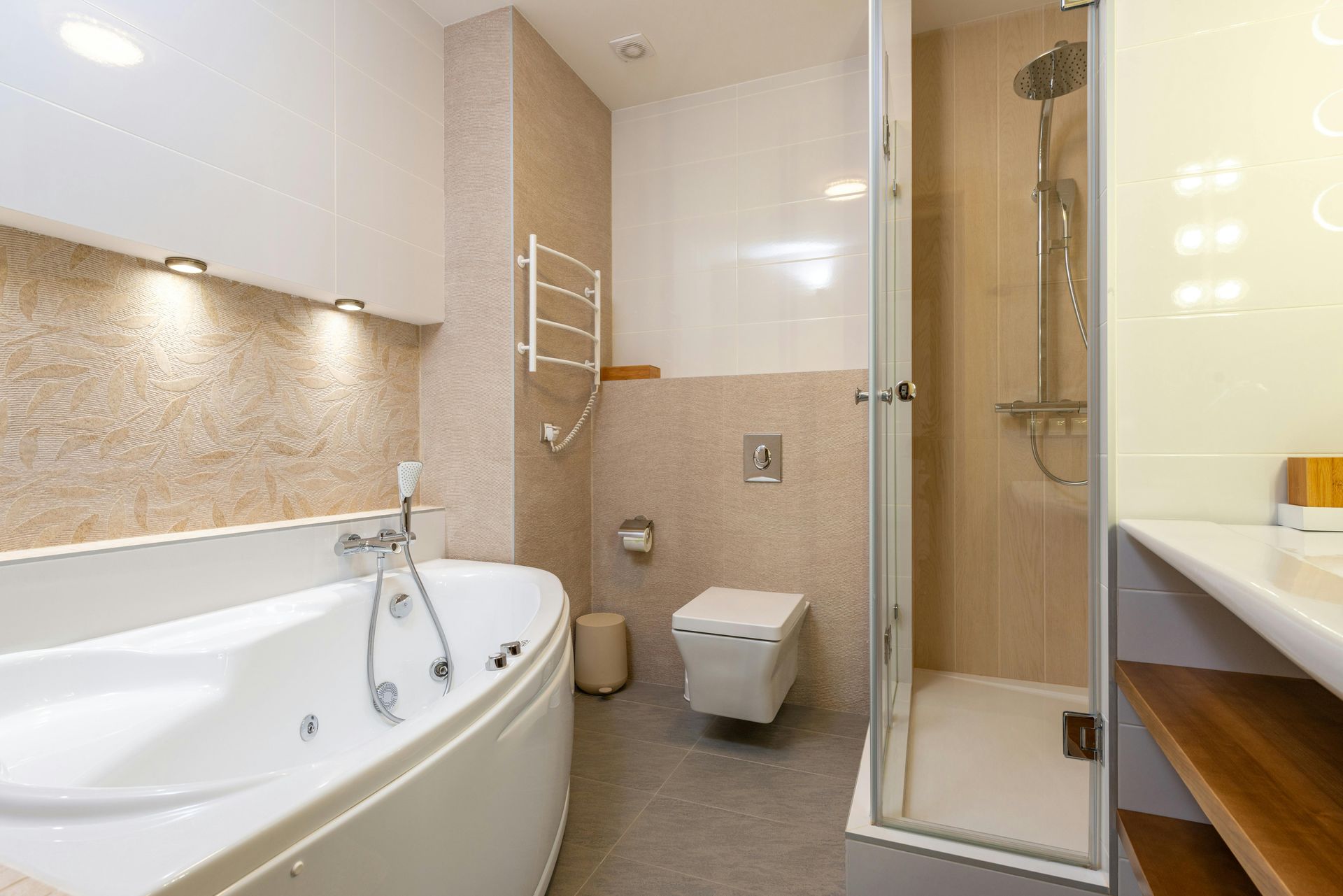Why Does My Shower Drain Smell Bad?
Ever walked into your bathroom, only to be hit with an unpleasant odor coming from your shower drain? It’s a common issue that can turn your relaxing shower into a less-than-pleasant experience. A smelly shower drain isn’t just annoying; it’s a sign that something’s not quite right with your plumbing. From accumulated hair and soap scum to potential sewer line issues, there are several reasons why your shower drain might be stinking up the place. Let’s dive into the common causes and how you can tackle this pesky problem to keep your bathroom smelling fresh and clean.
Common Causes of Smelly Shower Drains
Accumulated Hair and Soap Scum
One of the most frequent culprits behind a smelly shower drain is the buildup of hair and soap scum. Over time, hair strands and soap residues can accumulate in the drain, creating a sticky environment where bacteria thrive. This gunky mess not only clogs the drain but also leads to unpleasant odors. Regularly cleaning the drain and removing hair can help prevent this issue.
Bacteria and Mold Growth
Moisture in your shower drain is a perfect breeding ground for bacteria and mold. When organic matter like hair and soap scum combines with stagnant water, it creates an environment where mold and bacteria can grow. These microorganisms release foul-smelling gases that can waft up through the drain, causing that bad smell. Keeping the area dry and clean is crucial to minimizing bacterial and mold growth.
Clogged or Slow Drains
A clogged or slow drain can cause water to pool and stagnate, leading to musty or sour odors. When the drain is partially blocked, water doesn’t flow freely, which can result in a buildup of organic material and standing water. This stagnant water can start to smell as it decomposes, making your shower experience less enjoyable. Clearing out the clog and ensuring proper drainage can help eliminate these odors.
Dry P-Trap
The P-trap is a curved pipe beneath your shower drain designed to hold a small amount of water, which acts as a barrier to prevent sewer gases from escaping into your home. If the P-trap dries out—due to infrequent use or leaks—it can’t perform its job properly, allowing unpleasant sewer gases to seep through. Ensuring that the P-trap remains filled with water is essential for keeping those nasty smells at bay.
Sewer Line Issues
Sometimes, a bad smell from the shower drain can indicate a more serious problem with your main sewer line. Issues such as cracks, blockages, or damage in the sewer line can cause sewer gases to back up into your drains. If you notice persistent and strong odors despite cleaning and maintenance efforts, it might be time to call a professional to inspect and address any potential sewer line problems.
Identifying the Source of the Smell
Sniff Test
The first step in pinpointing the source of a foul smell from your shower drain is to perform a sniff test. Start by sniffing around the drain to locate the strongest odor. This can help you identify whether the smell is localized to the drain area or if it’s coming from elsewhere. Be thorough and check different parts of the bathroom, including the drain cover and surrounding areas, to narrow down where the odor is most intense.
Inspecting the Drain
Once you’ve identified the general area where the smell is strongest, it’s time to inspect the drain itself. Remove any visible debris or hair from the drain cover, and use a flashlight to look inside the drain. Check for any obvious blockages or buildup that could be causing the odor. If you notice a lot of gunk or a dark, slimy layer, this might be the source of the smell. Cleaning out visible debris can sometimes alleviate the issue.
Checking the P-Trap
The P-trap, located beneath the drain, is a crucial component for preventing sewer gases from entering your home. To check if the P-trap is the issue, look for signs of it being dry or leaking. If the trap is dry, it may not be providing the necessary barrier to block odors. You can also pour water down the drain to ensure the P-trap is functioning correctly and remains filled. If there’s a leak or persistent dryness, it might need repair or replacement.
DIY Solutions to Eliminate Shower Drain Odors
Regular Cleaning
Keeping your shower drain clean is one of the simplest and most effective ways to prevent bad odors. Remove the drain cover and pull out any visible hair or debris that may have collected. Use a drain brush or a pair of tweezers to get rid of any gunk stuck in the drain. Regularly cleaning the drain helps prevent the buildup of materials that can cause unpleasant smells.
Using Baking Soda and Vinegar
A natural and powerful way to tackle shower drain odors is by using baking soda and vinegar. Start by pouring a cup of baking soda down the drain, followed by a cup of white vinegar. The combination creates a fizzy reaction that helps to dislodge and break down buildup inside the drain. Let the mixture sit for about 15 minutes, then flush it with hot water to clear out any remaining debris and freshen up the drain.
Flushing the Drain with Hot Water
Sometimes, a thorough flush with hot water is all you need to get rid of unpleasant odors. Boil a pot of water and carefully pour it down the drain in stages, allowing it to work through the pipes. Hot water helps dissolve grease, soap scum, and other residues that might be contributing to the smell. This simple method can help keep your drain clean and fresh-smelling.
Ensuring the P-Trap Stays Wet
A dry P-trap can allow sewer gases to escape into your bathroom, causing bad odors. To keep the P-trap filled with water, periodically pour a small amount of water down the drain, especially if the shower isn’t used frequently. This ensures that the water in the P-trap remains at the proper level, maintaining its function as a barrier to unpleasant smells.
When to Call a Professional Plumber
Persistent Odors
If you’ve tried all the DIY methods to eliminate the smell from your shower drain and it persists, it’s time to call a professional. Persistent odors may indicate a more serious issue that requires expert attention. A plumber can perform a thorough inspection to identify and address any underlying problems that you might not be able to detect on your own.
Recurring Clogs
If you find yourself frequently dealing with clogs despite regular cleaning and maintenance, it could be a sign of a larger issue. Recurring clogs may indicate problems like damaged pipes or significant blockages further down the line. A professional plumber has the tools and expertise to diagnose and fix these issues, ensuring your drains function properly and efficiently.
Suspected Sewer Line Problems
Strong, unpleasant odors that seem to come from the entire house, not just the shower, might point to a problem with the main sewer line. Issues such as cracks, blockages, or even tree root intrusion can cause sewer gases to back up into your drains. If you suspect a sewer line problem, it’s crucial to have a professional plumber inspect the line to prevent potential damage and costly repairs.
Complex Repairs or Replacements
If the issue with your shower drain involves complex repairs or replacements, such as fixing a broken P-trap or dealing with significant drain line damage, professional help is recommended. Plumbers have specialized tools and knowledge to handle these tasks efficiently and effectively, ensuring that repairs are done correctly and to code.
Conclusion
Dealing with a smelly shower drain can be frustrating, but understanding the causes and knowing how to tackle them can make a big difference. From regular cleaning and using natural remedies like baking soda and vinegar to ensuring your P-trap is functioning properly, there are several DIY solutions that can help freshen up your drain. However, if you encounter persistent odors, recurring clogs, or suspect more serious issues with your sewer line, don’t hesitate to call a professional plumber. Addressing these problems promptly ensures your bathroom remains a pleasant space and prevents minor issues from turning into costly repairs. Keep your drains clean, stay vigilant, and enjoy a fresh-smelling shower every time!
